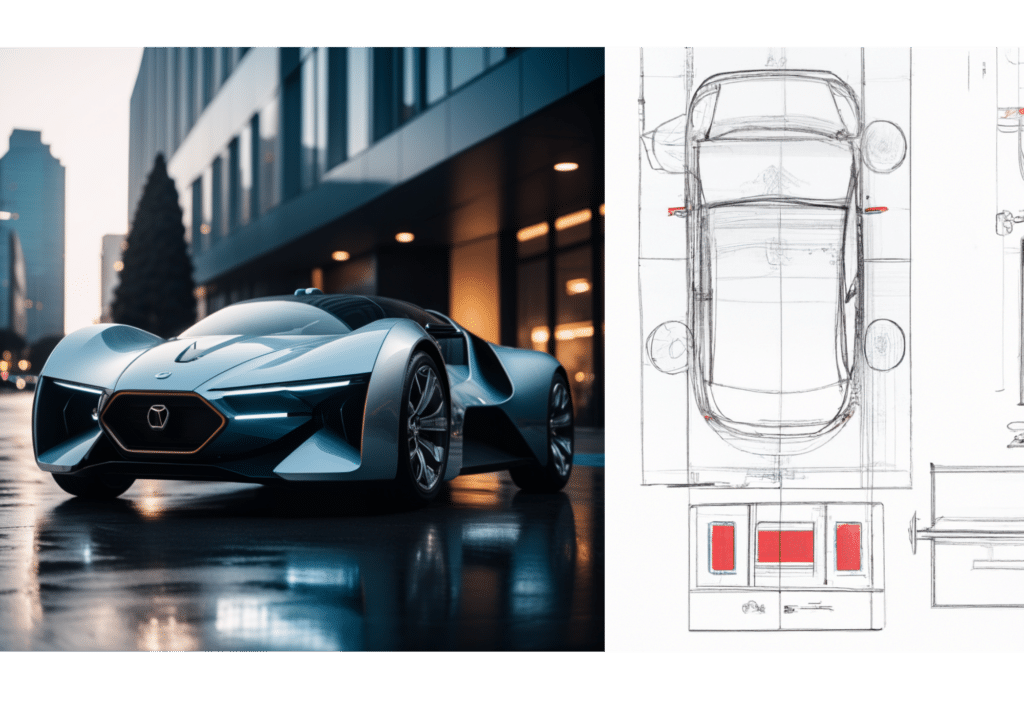Stay up to date with the latest Gevers news by signing up for our newsletter.
Anyone following patent issues relating to the role of AI systems in innovation processes will recall that it was recently decided that an AI system cannot be designated as the inventor of a patent application and that only a natural person can be, in most jurisdictions that have had to rule on this point.
However, this leaves open the much broader question of the criteria for determining whether (human) persons qualify as inventors when the invention has been made with the assistance of an AI system.
The following is essentially a quote from a selected passage of the text shared by the USPTO. Our additions are in italics.
Here are the general points we take from the USPTO text:
- The use of an AI system by one or more natural persons does not prevent these persons from being qualified as inventors (or co-inventors) if they have made a significant contribution to the claimed invention,
- The significant nature of the contribution to the invention will be analyzed according to the following cumulative criteria (Pannu criteria):
o to have made a significant contribution to the conception or practical application of the invention,
o having contributed to the claimed invention whose quality is not insignificant, when this contribution is measured about the size of the complete invention, - The contribution does more than simply explain well-known concepts and/or the current state of the art to genuine inventors,
GEVERS insights:
- These are the classic criteria used to determine who is an inventor in the case of inventions – involving several co-inventors,
- From now on, these criteria will also be used to determine whether one (or more) person(s) is/are the inventor(s) when an AI system is used to define the invention,
- According to these criteria, the role of design in identifying claimed features as inventions will be key.
First practical indications from the USPTO:
- Simply recognizing a problem or having a general goal or research plan to pursue does not rise to the level of conception.
- A natural person who merely presents a problem to an AI system may not be a true inventor or co-inventor of an invention identified from the AI system’s response.
- A significant contribution could be demonstrated by the way the person constructs the prompt(s) [i.e. the AI system’s query commands] for a specific problem to obtain a particular solution from the AI system.
- A natural person who merely recognizes and appreciates the result of an AI system as an invention, especially when the properties and usefulness of the result are obvious to people of ordinary skill, is not necessarily an inventor.
- A person who takes the result of an AI system and makes a significant contribution to it to create an invention may be an inventor in his own right.
- In certain situations, a person who conducts a successful experiment using the results of the AI system could demonstrate that he or she has made a significant contribution to the invention, even if he or she is unable to establish the design until the invention has been put into practice.
- According to yet another indication given by the USPTO, a natural person who develops an essential element from which the claimed invention is derived may be considered to have made a significant contribution to the conception of the claimed invention even if he or she was not present or did not participate in every activity that led to the conception of the claimed invention.
- In certain situations, the natural person or persons who design, build or train an AI system with a view to obtaining a particular solution to a specific problem could be an inventor, where the design, construction or operation of the AI system is a significant contribution to the invention created with the AI system.
Consequences for USPTO proceedings
- From a procedural point of view, given that a defect concerning inventorship is a ground for rejection under 35 U.S.C. §§ 101 and 115, the parties identified in 37 CFR 1.56(c), 1.555(a) and 42.11(a) have an obligation to disclose to the USPTO information that raises a prima facie case of unpatentability due to a defect in inventorship,
- From the representatives’ point of view, failure to inquire when the circumstances relating to the question of inventorship warrant it may jeopardize the validity of the application or document or the validity or enforceability of any resulting patent or certificate, and could result in sanctions or other actions under 37 CFR 11.18(c).
In this way, given the increasing use of AI systems in the invention-creation process, applicants must take particular care to ensure that each inventor named in a patent application or patent has made a significant contribution to the claimed invention, according to the Pannu criteria.
